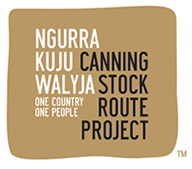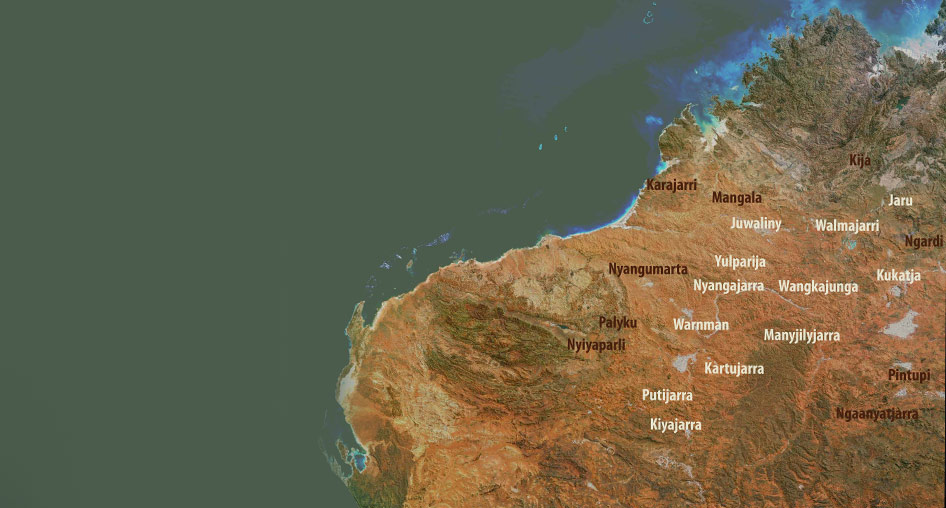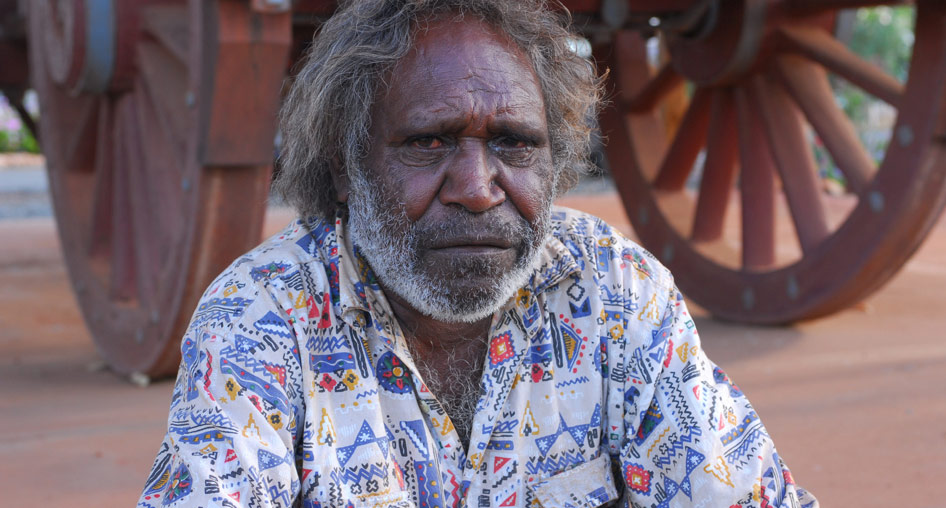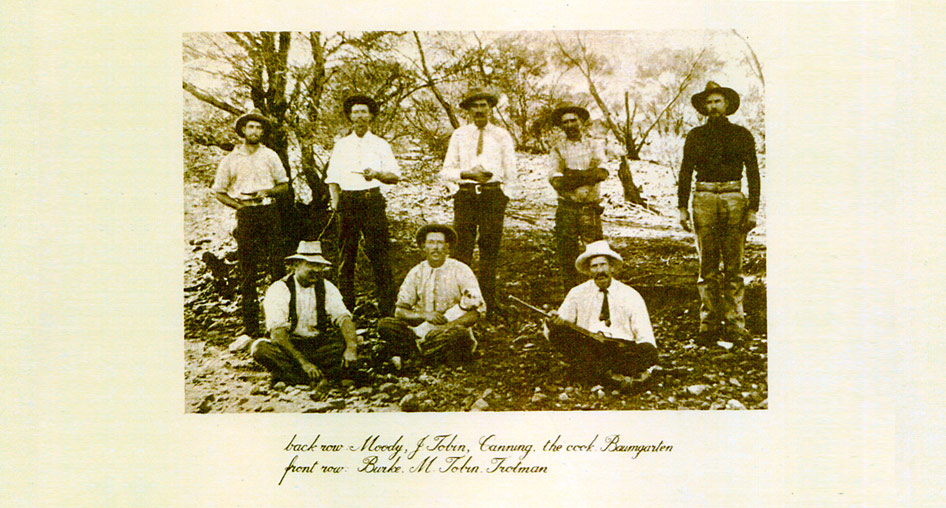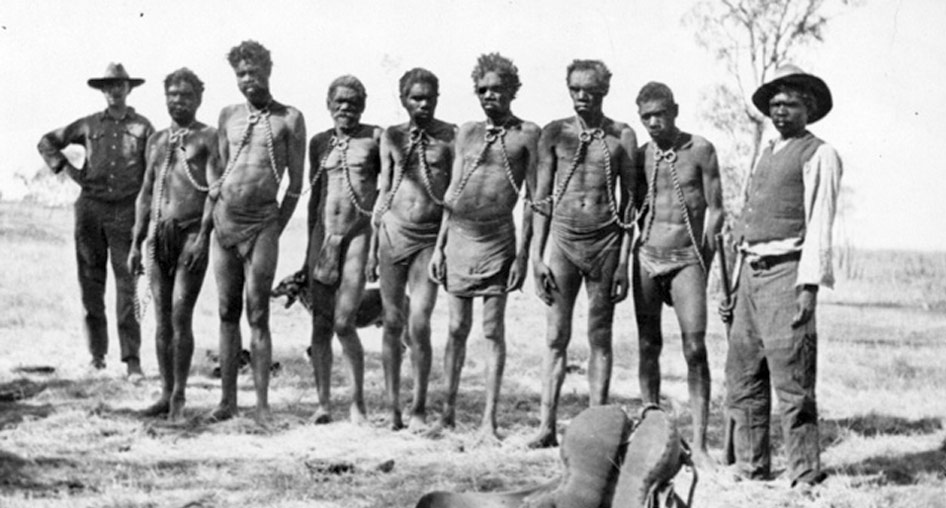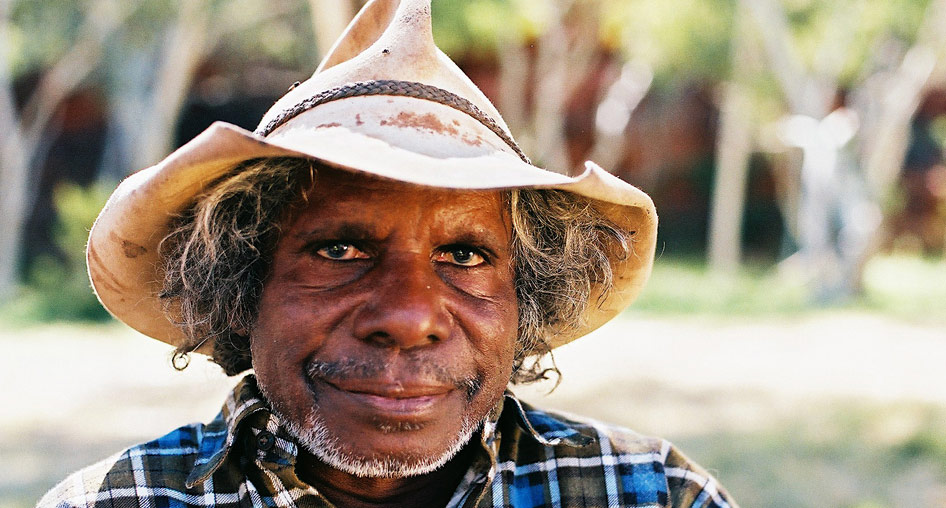Story: Aboriginal Guides
A road through Aboriginal Country
Running almost 2000 kilometres, from Halls Creek in the Kimberley to Wiluna in the south, the Canning Stock Route crosses the traditional land of many Aboriginal language groups. More than 15 languages are spoken in the region intersected by the stock route. Canning and his men relied on Aboriginal knowledge to complete the survey in the allotted time but the team’s methods of acquiring this knowledge was later the subject of a Royal Commission.
Sad story
They been getting all the black people. You know how they done it along that Canning Stock Route? They get mob, they tie him up. One by one, they let him go. No water, just the salt water. They let him go and they follow him ’til they find that rockhole. They make a well there. That’s how they been find him all the way up there through Canning Stock Route. Sad story. They go and mess around with the Martu and keep going again. They don’t care a stuff.
Mr P (Billy Patch), 2007
Getting information
We would get all the information we could from any native we saw. For instance, when we first got a native in new country we would try and get him before we let the other go. Then the native we had would speak to the new one. They will come in willingly with another native. We would then get him as soon as possible to draw a plan on the ground of the different waters.
Alfred Canning, 1908
Who really surveyed the route?
Aboriginal guides led the party to certain waters and away from others, determining the shape of the stock route with their decisions. They made the stock route possible by establishing the location of the wells.
Making it clear all the way along
Whitefellas just reckon go where the straight line is. In the Martu side there’s no straight line. You can’t go straight when you got some special thing in the road. You’re gonna have to dodge around.
The stock road circles round and round, and I been thinking straight away: might be some special place there, and the guides made it clear all the way by going around it.
Jawurji Mervyn Street, 2007
